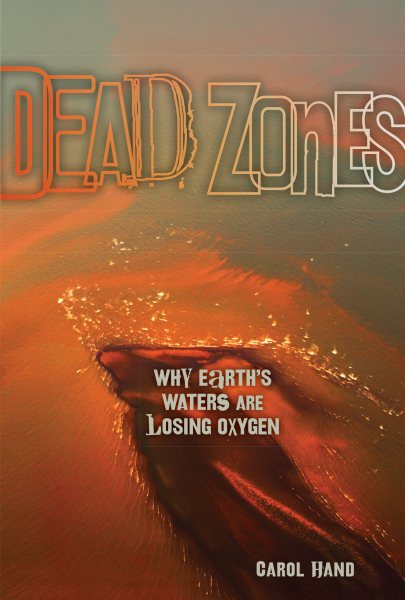Home → Book Reviews

Dead Zones: Why Earth's Waters are Losing Oxygen
Dead Zones: Why Earth's Waters are Losing Oxygen
Reviewed by: Kathy George - Gray publlic Library, Gray, me., Southern Maine Library District
Review Date: December 13, 2016
Review
Dead zones are regions of fresh or salt water that are low in oxygen.. in the 1960's 49 such regions were identified world wide as dead zones. Today there are 500 bodies of water that carry this distinction.One of the hardest hit regions in the United States is the Gulf Coast. Where once these waters were abundant with fish, shrimp,and clams, it is now almost impossible to make a living in the fishing industry. In this case, the problem lies some 2000 miles north in the upper reaches of the Mississippi River. Farmers use fertilizer rich in nitrogen and phosphorus for their crops, they feed their cattle food rich in these same substances. The run off from these farmlands takes the nitrogen down the river into the Gulf where it feeds the algae that in turn overwhelms the water causing the oxygen to be depleted from the water.Carol Hand has done her homework.In this slim book she addresses the problem, how it began and how it has become a world wide concern. She also gives reasons of hope for reversing this form of pollution with what scientists are doing, and both print and web resources for further research. This is a must read for any one concerned about global warming and pollution.
Overall Book Score: excellent
About the Book
Author:
Hand, Carol
Illustrator: ,
Illustration Quality: excellent
Publisher: Twenty First Century
Book Type: chapter book nonfiction
Genre:
Audience: grades 7-9,grades 10-12
Binding Type: reinforced trade binding
Binding Quality: excellent
ISBN: 9781467775731
Price: 35.99
